Table Of Contents
- 1Introduction
- 2What Is a Student Information System (SIS) and Why Every Institution Needs One
- 3Features of Student Information System (SIS)
- 4Benefits of a Student Information System
- 5How does a Student Information System work?
- 6Best Student Information System Software
- 7Types of Schools That Benefit from a Student Information System (SIS)
- 8What are the Security Measures in SIS Software?
- 9Summary
Introduction
In today’s fast-paced digital education world, managing student data with pen and paper is so last decade. Enter the Student Information System (SIS)—a powerful, centralised platform that simplifies everything from admissions to alumni tracking. Think of it as the ERP of education—streamlining operations and improving decision-making across departments.
An SIS is a cloud-based or on-premise platform used by educational institutions to store, manage, and analyse student-related information—like enrollment records, grades, attendance, financial aid, course registration, and more. The global EdTech market was estimated at around $327 billion in digital spend in 2022, growing to about $365 billion in 2023 and projected to reach $404 billion by 2025, representing 5.2% of total global education expenditure.
A real-world example? In the U.S., Harvard University uses Oracle’s PeopleSoft Campus Solutions to manage its student lifecycle—from application to graduation. Similarly, the University of California system leverages Ellucian Banner, which serves over 1,400 institutions globally, handling data for more than 20 million students.
In fact, according to a Technavio report, the global SIS market is expected to grow by $3.05 billion during 2023–2027, accelerating at a 16.65% CAGR.
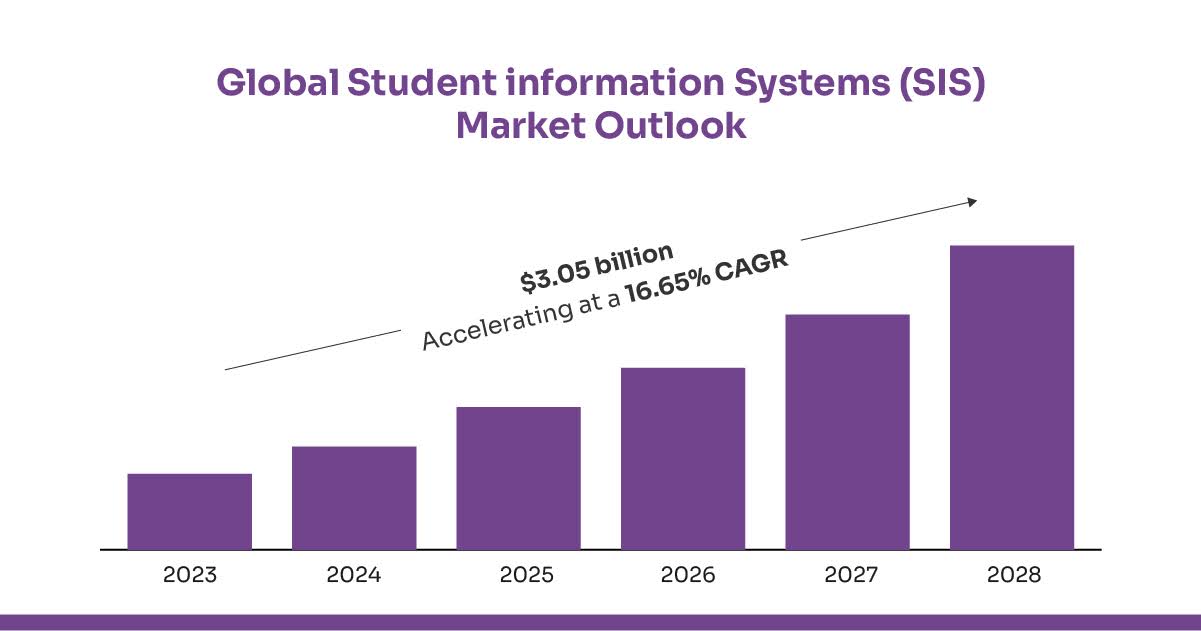
Why is SIS so critical? Because it doesn’t just store data—it empowers decisions. With features like real-time dashboards, performance analytics, and automated alerts, institutions can personalise learning, boost retention rates, and comply with accreditation.
In short, a Student Information System is the invisible engine powering a modern student experience—making life easier for administrators, faculty, and students alike. It’s not just a tool; it’s an educational necessity.
What Is a Student Information System (SIS) and Why Every Institution Needs One
A Student Information System (SIS) is a modern digital solution that helps educational institutions efficiently manage student data throughout the academic journey, from application to graduation and beyond. It acts as a centralised database where student records, grades, course enrollments, attendance, fee payments, and more are securely stored and managed in real-time.
In a world where institutions handle thousands of student interactions daily, an SIS simplifies complex administrative processes and enhances overall communication among students, faculty, and administrators. Whether it’s a small school or a large university, like the University of California, institutions across the globe rely on robust SIS platforms, such as Ellucian Banner, Oracle PeopleSoft, or Slate, to stay organised, efficient, and data-driven.
The primary goal of an SIS is to streamline and centralise student-related information. Here are some key purposes:
1. Centralised Student Data Management
All student data—personal info, academic history, performance records—is stored in one place, making access easy and secure.
2. Efficient Enrollment & Registration
Students can register for courses, check their schedules, and manage their profiles online, eliminating the need for long queues and paperwork.
3. Automated Grading and Transcript Generation
Faculty can input grades directly, and the system can instantly generate transcripts and academic reports.
4. Improved Communication
Sends real-time alerts and updates to students, parents, and staff through email/SMS notifications.
5. Fee and Financial Aid Tracking
Tracks tuition payments, financial aid status, and generates automated reminders for dues.
6. Regulatory Compliance and Reporting
Generates institutional reports required for audits, accreditation, and government reporting with ease.
7. Data-Driven Decision Making
Offers insights through analytics and dashboards, enabling institutions to identify trends and enhance academic performance.
Features of Student Information System (SIS)
A Student Information System (SIS) offers a comprehensive suite of tools to manage the entire student lifecycle, from enrollment to graduation. Below are the top key features that make SIS an essential part of modern education management:
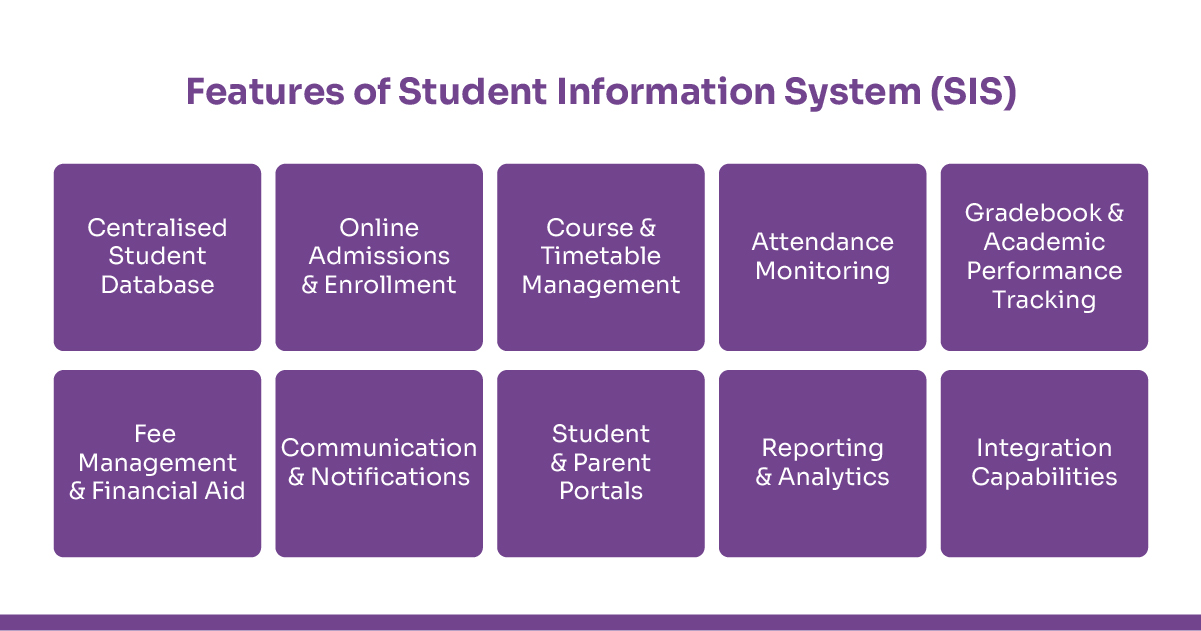
1. Centralised Student Database
Securely stores all student data—personal information, academic records, health info, attendance, and disciplinary records—in one accessible location.
2. Online Admissions & Enrollment
Streamlines the admissions process with online applications, document uploads, merit list generation, and digital enrollment confirmations.
3. Course & Timetable Management
Enables efficient scheduling of classes, assignment of instructors, room allocations, and conflict-free timetabling.
4. Attendance Monitoring
Allows real-time tracking of student attendance with automated reporting and alerts for absenteeism or low attendance.
5. Gradebook & Academic Performance Tracking
Digitally records marks, calculates GPAs/CGPAs, and generates progress reports, transcripts, and certificates.
6. Fee Management & Financial Aid
Automates billing, fee collection, scholarships, refunds, and financial aid disbursement, with reminders and transaction history.
7. Communication & Notifications
Inbuilt email, SMS, and notification tools ensure smooth communication between faculty, students, and parents.
8. Student & Parent Portals
Provides secure self-service access for students and parents to view grades, attendance, schedules, and announcements.
9. Reporting & Analytics
Generates real-time insights and custom reports for data-driven decisions, performance tracking, and regulatory compliance.
10. Integration Capabilities
Easily integrates with Learning Management Systems (LMS), HR systems, Library Management, and other academic tools.
Benefits of a Student Information System
Managing thousands of student records manually is inefficient and error-prone. That’s where a Student Information System (SIS) becomes a game-changer. It not only centralises student data but also transforms how institutions operate—bringing automation, accuracy, and agility to every department. From admissions to alumni, SIS enhances the entire student lifecycle experience.
| Benefit | Description |
| Centralised Data Management | Stores all student information in one secure system—no duplication or data silos. |
| Time & Cost Efficiency | Automates tasks like enrollment, grading, and communication, saving administrative hours. |
| Improved Accuracy | Reduces manual errors in data entry, grades, and reports through system validation checks. |
| Real-Time Access | Provides faculty, students, and staff with real-time access to academic and administrative data. |
| Enhanced Communication | Sends instant updates via SMS/email to students, parents, and departments. |
| Easy Course Registration | Allows students to register for classes online, view schedules, and avoid timetable conflicts. |
| Integrated Financial Management | Tracks tuition payments, financial aid, and scholarships, and generates automated fee alerts. |
| Data-Driven Decision Making | Generates insights and analytics to support planning, performance tracking, and policy decisions. |
| Compliance & Reporting | Easily produces compliance reports for government, accreditation bodies, and internal audits. |
| Student Self-Service Portals | Empowers students to manage profiles, check grades, request transcripts, and update information. |
| Scalability | Grows with the institution, whether managing 500 or 50,000+ students. |
| Customizable & Integration Friendly | Integrates with CRMs, LMS platforms, and other institutional software to facilitate a smooth workflow. |
How does a Student Information System work?
A Student Information System (SIS) works as a centralised digital hub that collects, manages, and processes all data related to students throughout their academic journey—from application to graduation. It integrates multiple departments and functions into one seamless platform, ensuring that information is always accurate, up-to-date, and accessible to authorised users.
Here’s a breakdown of how it works step-by-step:
1. Centralised Data Collection
All student-related data—personal information, academic records, attendance, course enrollment, and financial information—is entered and stored in a secure, centralised database. Staff, faculty, students, and parents (as permitted) can access relevant information at any time.
2. Online Admission & Enrollment
Students apply online, upload documents, and receive admission offers through the system. Once accepted, they can enrol in courses, select subjects, and pay fees through their personal SIS portal.
3. Academic & Administrative Management
Faculty can:
- Create and manage class schedules
- Upload assignments and grades
- Track attendance
- Communicate with students
Administrators can:
- Monitor student performance
- Track tuition payments and financial aid
- Generate reports for compliance or internal use
4. Self-Service Portals
SIS includes student and parent portals where users can:
- View grades, attendance, and timetables
- Register for classes or exams
- Update personal information
- Receive alerts and notifications
5. Real-Time Analytics & Reporting
The system generates dashboards and reports to help institutions:
- Track academic progress
- Monitor student engagement
- Identify dropout risks
- Ensure regulatory compliance
6. Integration with Other Systems
An SIS often integrates with:
- Learning Management Systems (LMS)
- CRM tools
- HR systems
- Library databases
7. Secure & Role-based Access
Different users (admin, faculty, students, parents) have role-based access to ensure data privacy and control. The system also tracks logins and changes for audit and accountability.
Read more: What is an Admission Management System?
Best Student Information System Software
The Student Information System (SIS) market has grown rapidly, with global revenues expected to expand from $9.28 billion in 2024 to $10.5 billion in 2025, and further to $18.55 billion by 2029 (at a 15.3% CAGR).
These cloud-first platforms are now used by over 82% of higher education institutions globally, with 61% integrating SIS with Learning Management Systems (LMS) and 69% of new SIS deployments being cloud-based in 2025.
1. PowerSchool (K‑12 Focused)
A dominant cloud-based SIS provider for K–12 schools globally, famed for its customisation and district-wide deployment.
- Serves over 50 million students across 90+ countries, supporting more than 17,000 school districts worldwide.
- Holds approximately 20–25% of the North American K–12 SIS market share, reaching one‑third of all North American students.
- Added over 1 million new students in just two years, with high customer retention rates (in the high 90s) and strong satisfaction scores.
- Recently acquired Neverskip to support over 1.2 million students in India, expanding its footprint into Indian private schools, including Ekya and SBOA Group.
2. Ellucian (Higher Education)
Built exclusively for higher education, Ellucian offers Banner, Colleague, and other SIS/ERP products adapted for colleges and universities.
- Powers more than 2,500 institutions across 50 countries, serving over 20 million students.
- In 2024, 30 institutions went live on its SaaS SIS/ERP platform—a 67% year-over-year increase, marking a record adoption.
- The Colorado School of Mines and Western Iowa Tech Community College transitioned to Ellucian Banner SaaS to streamline operations and enhance the student experience.
3. Oracle (PeopleSoft/StudentCloud)
A powerhouse SIS solution integrated within Oracle’s broader ERP ecosystem, often deployed by large-scale universities.
- Holds about 61% market share among the top 100 global institutions, making it the most prevalent SIS among elite universities.
- Known for robust scalability, extensive integration with finance, HR, and enterprise modules—ideal for large, complex campus operations.
4. Workday Student
A unified, cloud-native SIS built on Workday’s mature HR and finance platform, well-suited for agile institutions.
- Over 70% of Workday higher education customers are live on Workday Student, covering more than 400 institutions.
- Students across institutions like Iowa State University and Santa Clara use Workday Student to manage planning, advising, finances, and academics through a single mobile interface.
- Furman University reduced course registration processing time from weeks to 15 minutes using Workday Student’s streamlined workflows.
- Workday is now targeting Australia, with pilot interest from universities like Melbourne and Macquarie to modernise administrative operations.
5. Blackbaud Student Information Systems
A comprehensive SIS designed for private K‑12 and independent schools, with deep integration into Blackbaud’s fundraising and LMS tools.
- Based on over 40 years of collaboration with private schools, Blackbaud SIS comes with built-in LMS, CRM, and analytics dashboards for holistic school management.
- Offers a 360° student profile, unified calendar, parent portal, and cross-departmental reporting—delivering up to 50% time savings in administrative tasks.
- Recent user commentary notes interface inconsistencies across modules and rising annual costs without perceived improvements—reflecting integration challenges in legacy ecosystems.
Types of Schools That Benefit from a Student Information System (SIS)
A Student Information System (SIS) isn’t just for large institutions—it’s a valuable tool for any educational organisation that wants to streamline administration, improve data accuracy, and enhance student engagement. Here’s a look at the various school types that benefit from SIS platforms:
1. K-12 Public Schools
- Attendance tracking, grade reporting, state/federal compliance, parent-teacher communication.
- Automates admin work and ensures compliance with education board standards.
- Many U.S. public school districts use PowerSchool or Infinite Campus to manage student data across thousands of students.
2. Private & Independent Schools
- Tailored learning pathways, custom grading, alumni relations, and fundraising integration.
- SIS solutions like Blackbaud help manage both academic and non-academic aspects, such as donations and parent engagement.
- Independent K–12 schools in the UK and U.S. use Blackbaud SIS for full school lifecycle management.
3. International Schools
- Multilingual support, global grading systems (IB, IGCSE), visa reporting, and diverse parent access.
- Platforms like Classe365 and iSAMS offer global curriculum support and mobile apps.
- IB and Cambridge curriculum schools in Asia and the Middle East use SIS to unify academic and administrative systems.
4. Charter Schools
- Enrollment caps, state audits, parent communication, special needs tracking.
- SIS tools offer flexibility in student grouping, curriculum tracking, and real-time reporting.
- U.S. charter school networks often use Alma or Skyward for tailored academic planning.
5. Higher Education Institutions (Colleges & Universities)
- Complex course registration, credit tracking, degree audit, financial aid, alumni relations.
- Platforms like Ellucian, Oracle PeopleSoft, and Workday Student offer robust features for large student populations.
- The University of California system uses Ellucian Banner to manage the academic records of over 280,000 students.
6. Vocational & Technical Schools
- Certification tracking, internship management, and modular course structures.
- SIS enables tracking of practical training hours, certifications, and career services support.
- Trade and nursing schools use Campus Café or Jenzabar to handle short-term course structures and reporting.
7. Online & Virtual Schools
- Asynchronous course delivery, virtual attendance, live progress tracking.
- SIS integrates with Learning Management Systems (LMS) like Moodle, Canvas, or Schoology.
- Many virtual academies pair SIS like openSIS with LMS for seamless online education.
8. Preschool & Early Learning Systems
- Child profiles, parent updates, daily reports, attendance.
- Simplifies communication with parents and tracks development milestones.
- Smaller centres use simplified SIS platforms, such as Brightwheel or Himama.
What are the Security Measures in SIS Software?
Modern SIS platforms are designed to protect sensitive student data from unauthorised access, breaches, and loss. Below are the critical security features commonly built into SIS software:
1. Role-Based Access Control (RBAC)
SIS systems assign specific access rights based on user roles—such as admin, faculty, student, or parent.
- For example, a student can only view their own grades, not others’. Teachers can edit grades for their own class but not for the entire school.
- This minimises data exposure and human error by controlling who can see or modify what.
2. Data Encryption (At Rest & In Transit)
All stored data—grades, addresses, and financial information—is encrypted using standards like AES-256.
- Data sent over the internet (e.g., logging in or uploading documents) is encrypted using HTTPS/SSL.
- This ensures that even if the system is breached or intercepted, the stolen data remains unreadable and useless to attackers.
3. Two-Factor / Multi-Factor Authentication (2FA / MFA)
Adds an extra security layer beyond just username and password.
- For example, after entering login credentials, users may receive an OTP via SMS/email or use apps like Google Authenticator.
- This protects accounts even if passwords are compromised.
4. Audit Logs and Activity Tracking
- SIS software maintains detailed logs of all user activity, including login attempts, data changes, and system modifications.
- Administrators can trace back errors or suspicious behaviour, detect potential breaches early, and meet compliance requirements.
5. Regular Data Backups
- Automated and frequent backups of student records, schedules, grades, and other data are stored securely—often in cloud-based environments.
- Ensures quick recovery in the event of ransomware attacks, hardware failure, or accidental data loss.
6. Secure APIs & Integrations
SIS systems often integrate with LMS (like Moodle or Canvas), payment gateways, or HR platforms.
- They use secure APIs with encryption and API tokens/keys to prevent third-party tools from becoming backdoor vulnerabilities.
- Only authenticated and authorised apps can connect to the SIS.
7. Compliance with Data Protection Laws
Most SIS platforms comply with privacy laws like:
- FERPA (U.S.): Protects the privacy of student education records.
- GDPR (EU): Governs data protection and privacy in Europe.
- PIPEDA (Canada): Protects personal information in the private sector.
These frameworks ensure student data is handled legally and ethically, with proper consent and transparency.
8. Firewall Intrusion Detection Systems
A firewall monitors incoming and outgoing network traffic, blocking unauthorised access.
- Intrusion Detection Systems (IDS) detect abnormal activity and alert administrators immediately—e.g., too many failed login attempts.
- These tools protect the SIS infrastructure from external attacks like DDoS, malware, or hacking attempts.
9. User Session Timeouts
If a user leaves their device unattended, auto-logout after inactivity prevents others from accessing the SIS.
- For example, a teacher logged into a grading portal will be automatically logged out after 10–15 minutes of inactivity.
- This reduces risk in shared or public environments, such as labs or staff rooms.
10. Secure Hosting & Cloud Infrastructure
SIS vendors typically host their platforms on secure cloud providers, such as Amazon Web Services (AWS), Microsoft Azure, or Google Cloud.
- These providers offer physical security (data centres), network protections, backup systems, and compliance certifications.
- Ensures enterprise-grade security even for small and medium-sized schools.
Summary
Gone are the days of dusty files and endless registers. In today’s education landscape, a Student Information System (SIS) is the digital command centre every institution needs. Whether it’s admissions, attendance, grading, or alumni tracking—SIS keeps it all running like a well-oiled machine.
Think of it as your institution’s smart assistant: cloud-based, secure, and always on. From a preschool managing parent communication to a global university coordinating multi-campus data, SIS platforms like PowerSchool, Ellucian, Oracle, Workday, and Blackbaud are helping over 50 million students worldwide stay connected and supported.
With real-time dashboards, self-service portals, and automated workflows, SIS not only reduces paperwork—it supercharges decision-making. Want to track academic performance? Generate compliance reports? Collect tuition or send alerts? One platform. One login.
And the best part? It grows with you. Whether you have 500 students or 50,000, SIS adapts, integrates with your LMS, and keeps your data secure with encryption, role-based access, and backups.
In short, SIS isn’t just software—it’s the invisible force powering student success, institutional efficiency, and futuristic learning environments.

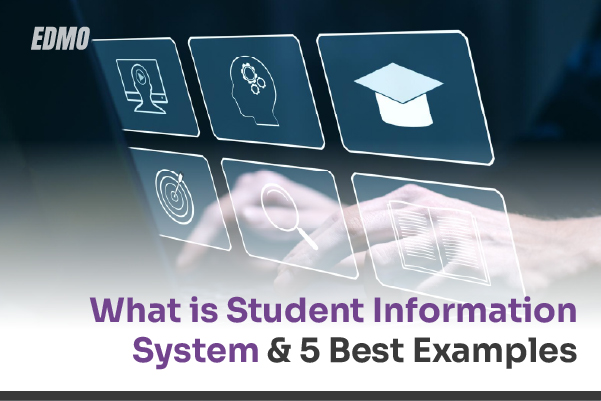
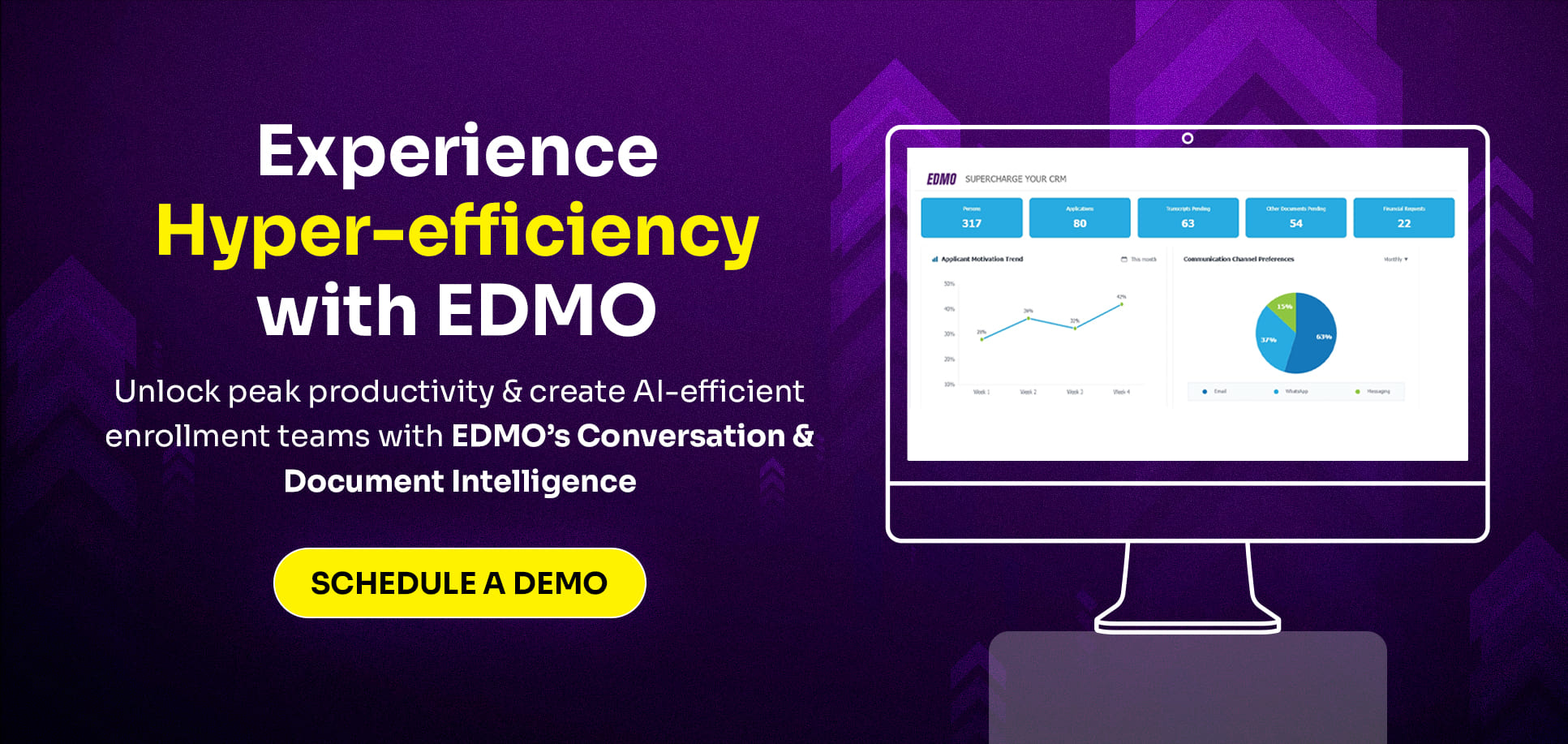





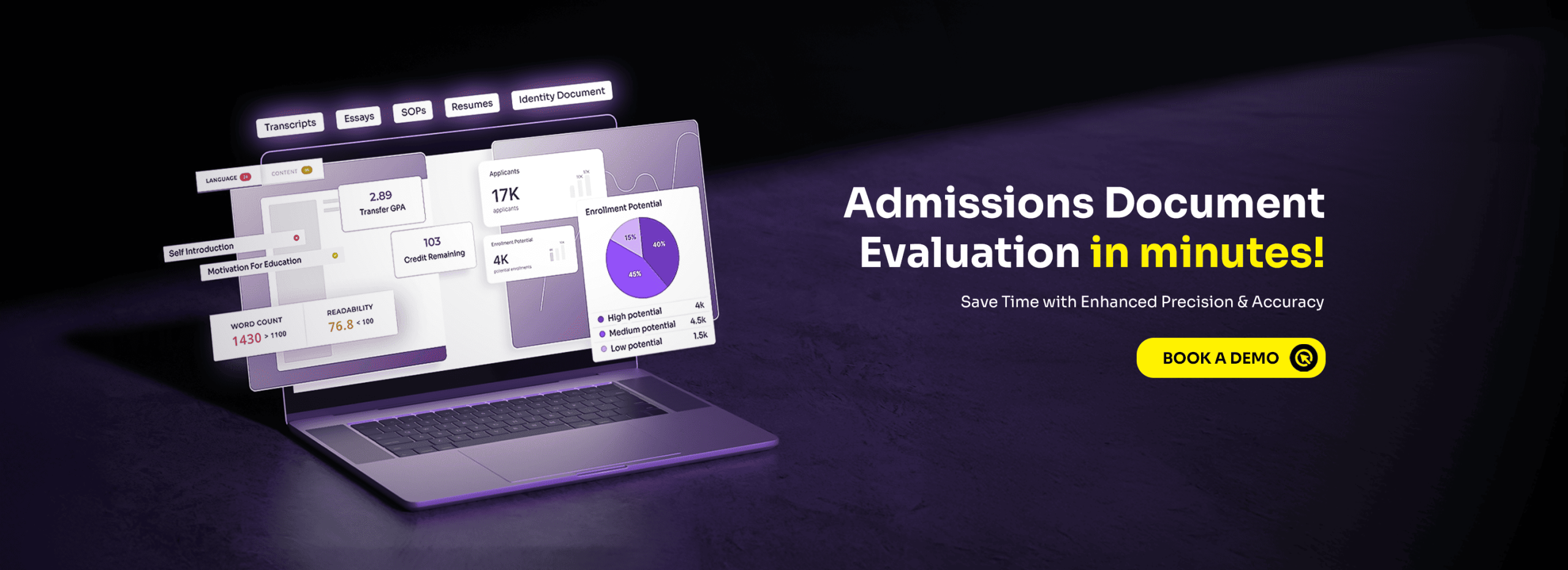

No comments yet. Be the first to comment!
Leave a Comment